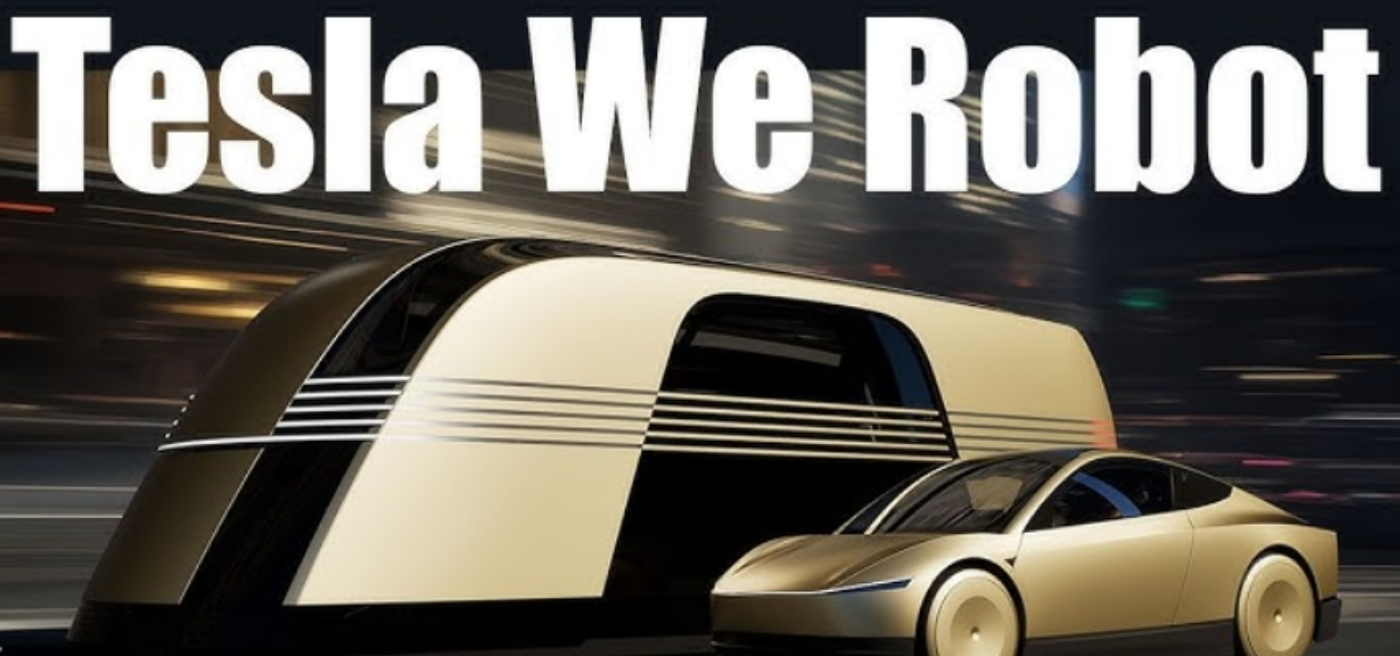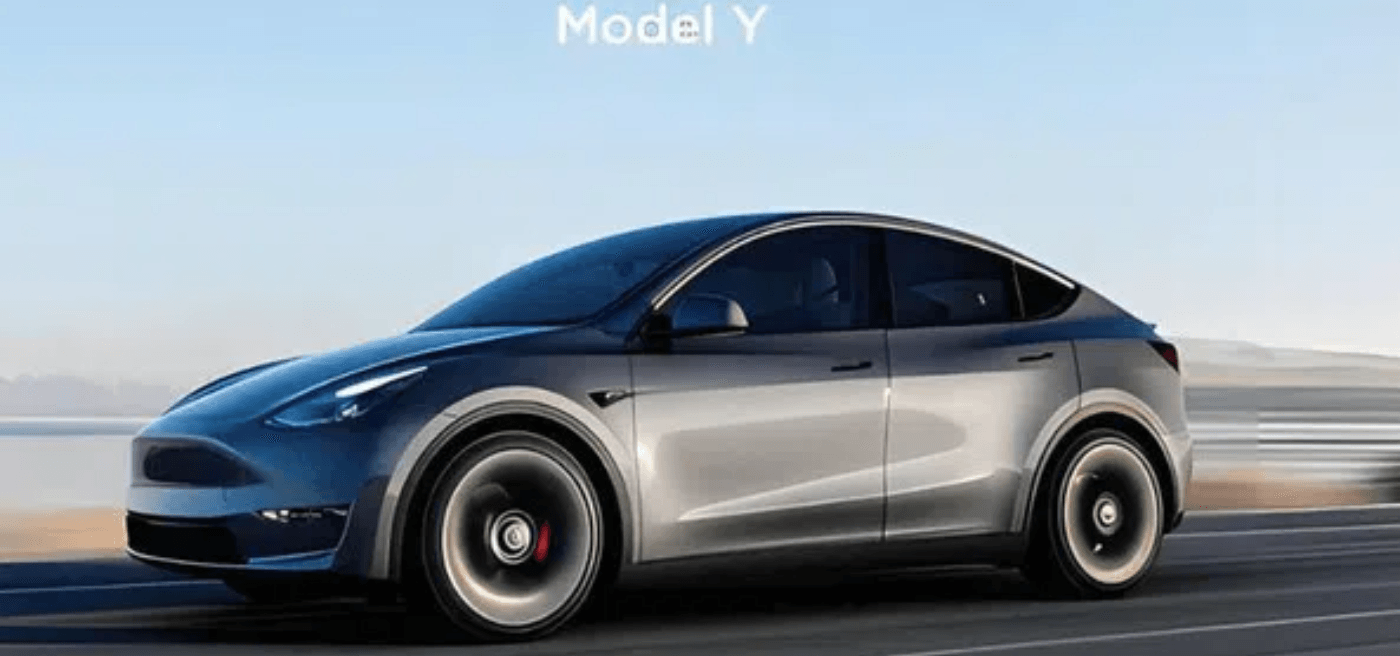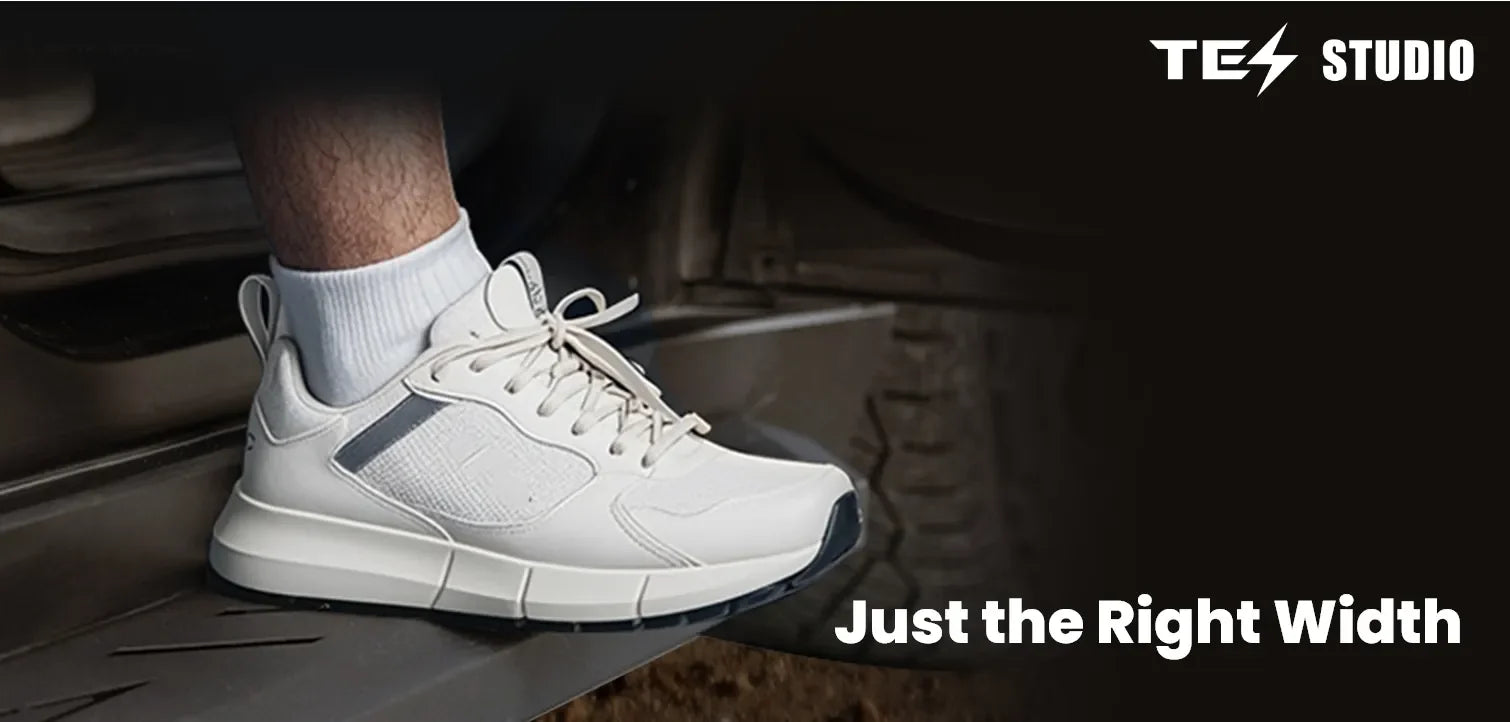
Tesla WE ROBOT Conference: A New Era of Future Mobility and Lifestyle
On October 11, 2024, Tesla’s highly anticipated "We Robot" conference took place in Los Angeles, where CEO Elon Musk unveiled the company’s latest advancements in technology and presented three revolutionary products: Cybercab, Robovan, and the Tesla Bot. These innovations are Tesla’s vision of the future, highlighting a fundamental shift in how we think about mobility and everyday life. This event not only showcased Tesla’s ambitions in autonomous driving and artificial intelligence but also left audiences with both excitement and questions.

Cybercab: The Cyber Autonomous Taxi
The star of the show was Cybercab, a brand-new model designed as a fully autonomous taxi. With no steering wheel or pedals, it relies entirely on Tesla’s Full Self-Driving (FSD) system and features wireless inductive charging without any need for a plug. Cybercab embodies a cutting-edge, cyber-futuristic design with a two-door, two-seat configuration and a fully integrated screen interface.
Tesla projects that the Cybercab will cost less to operate than public transit, with a per-mile usage cost of only $0.20 and a total price under $30,000. Furthermore, its high utilization rates are expected to vastly increase its weekly active hours. Tesla also plans to integrate Cybercab’s computational power into a distributed computing network, creating a massive shared processing resource.
Musk stated that mass production of the Cybercab would begin in 2026, aiming to transform it into a “mobile lounge” that enhances commuting comfort and efficiency. While this product showcases immense potential in the autonomous taxi market, it still faces challenges, such as compliance with federal safety regulations.

Robovan: The Autonomous Multi-Functional Vehicle
Another highlight was the Robovan, a multipurpose autonomous vehicle designed to serve both as a passenger and cargo transporter. This van, which can carry up to 20 people and handle freight, exemplifies Tesla’s vision for a revolutionary public transport system. Its fully autonomous design is expected to achieve a cost as low as 5–10 cents per mile, making it highly viable for both commercial logistics and shared mobility.
Although Tesla provided limited technical details on Robovan, its potential market impact is significant. The Robovan represents Tesla’s commitment to expanding autonomous technology applications into larger commercial vehicles, showing a strategic approach to reshaping the transportation and logistics sectors. Musk believes this product could have profound implications for mass transit and cargo transportation.

Optimus: The Humanoid Robot
The third game-changing product introduced was Optimus, Tesla’s humanoid robot. Described by Musk as “the most important product in Tesla’s history,” Optimus is designed to assist with various aspects of daily life, from childcare and pet walking to household chores. Equipped with Tesla’s electric drivetrain, AI capabilities, and sensory control technology, the robot is expected to cost between $20,000 and $30,000, making it an affordable option for households.
Tesla envisions Optimus as not only a helper but a potential member of the family. At the event, Optimus demonstrated impressive dexterity by dancing and even serving drinks to attendees, showcasing its flexibility and friendly capabilities. Musk stated that this robot could fundamentally change the way people live, freeing them to focus on more meaningful pursuits.

Technological Innovation: The Synergy of AI and FSD
Tesla’s advantage in autonomous driving primarily stems from its advanced AI and computer vision technologies, allowing it to continuously reduce production costs while maintaining high quality. Tesla has equipped all currently available S3XY models with hardware capable of upgrading to Full Self-Driving (FSD), committing to making high-tech features more accessible to a broader range of consumers and driving forward the concept of “tech for all.”

Notably, Tesla still faces technical and regulatory challenges in advancing autonomous driving. For instance, Cybercab’s steering-free design may require federal safety law approval, while the FSD functionality still needs further testing and validation in certain countries. Musk aims to pilot FSD technology in Texas and California, hoping to pave the way for national expansion.



Leave a comment
This site is protected by hCaptcha and the hCaptcha Privacy Policy and Terms of Service apply.